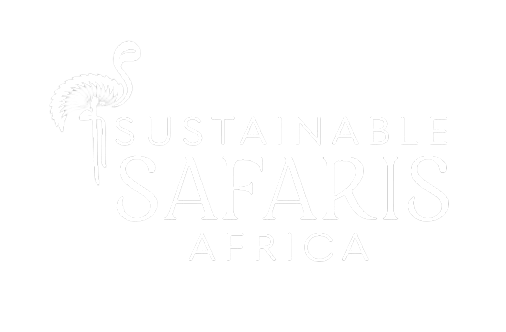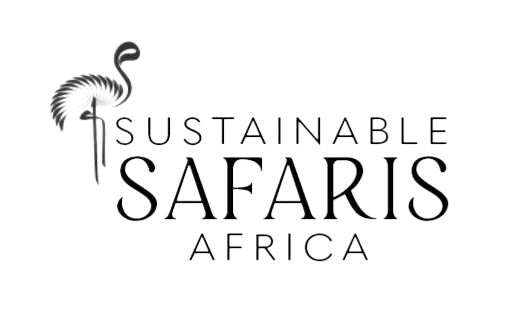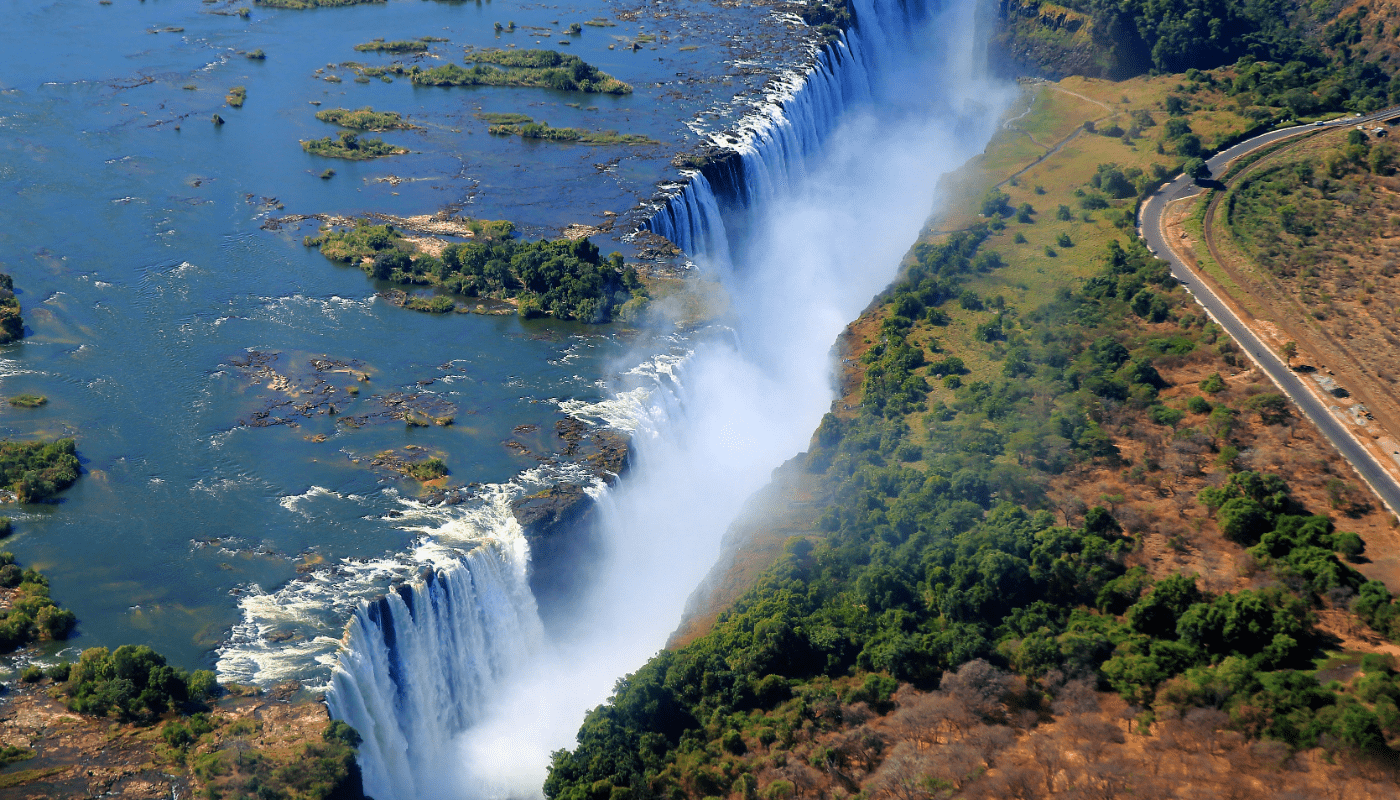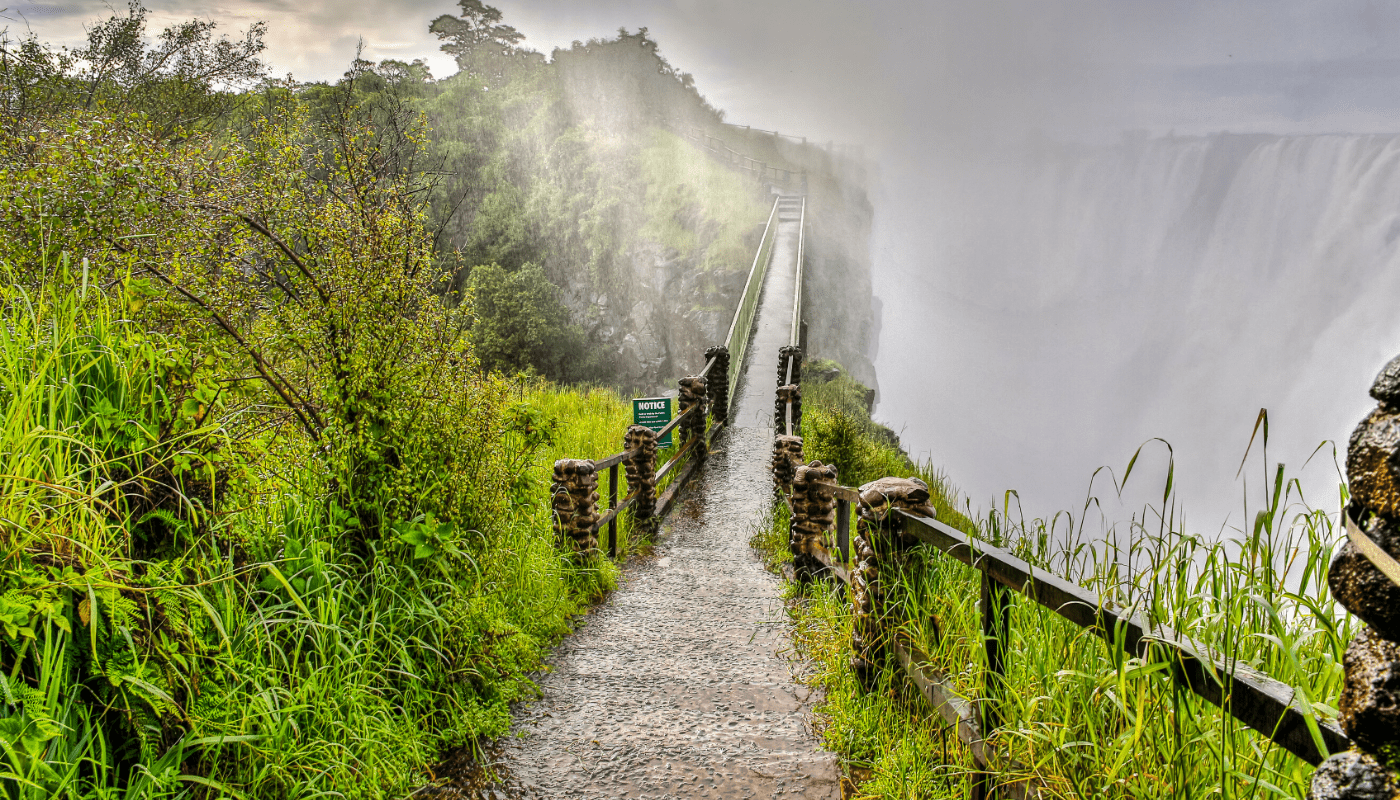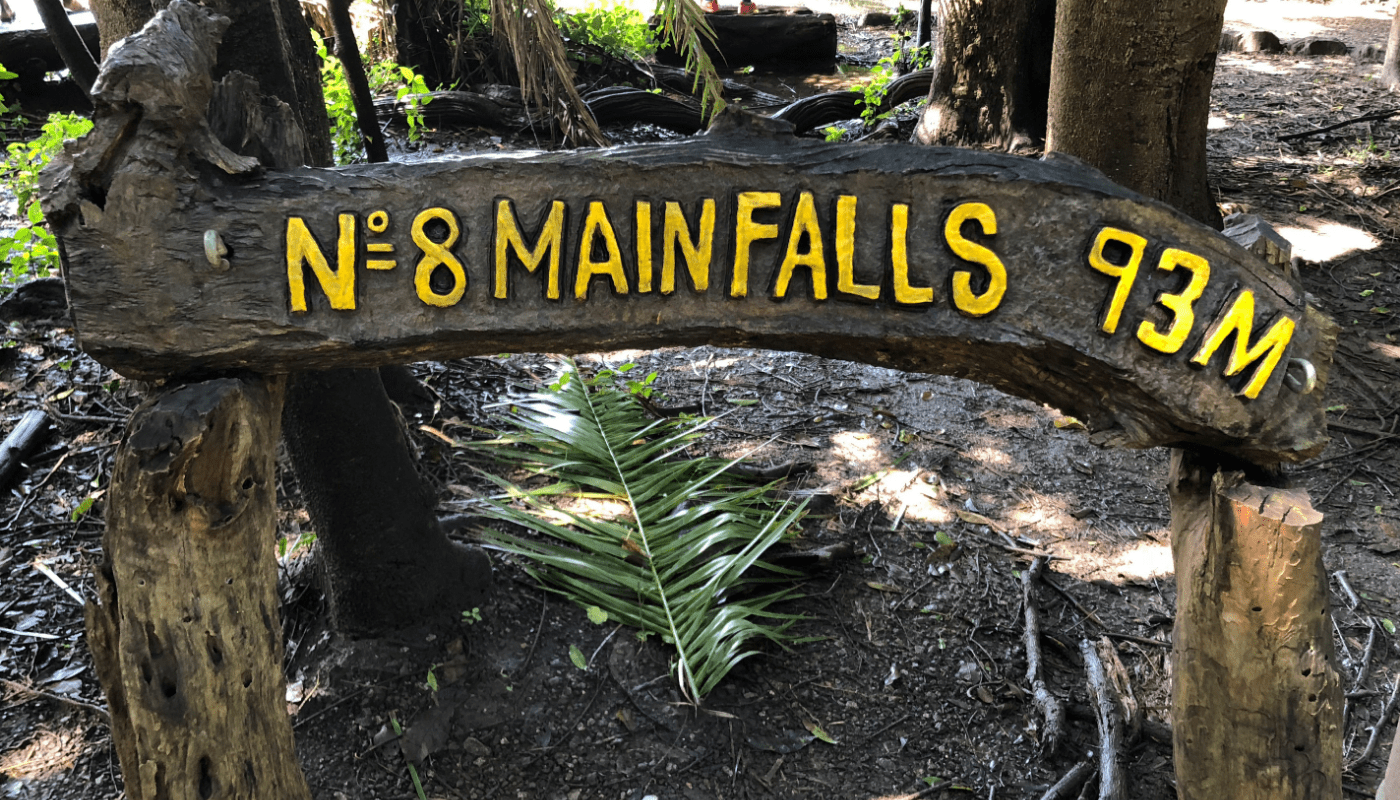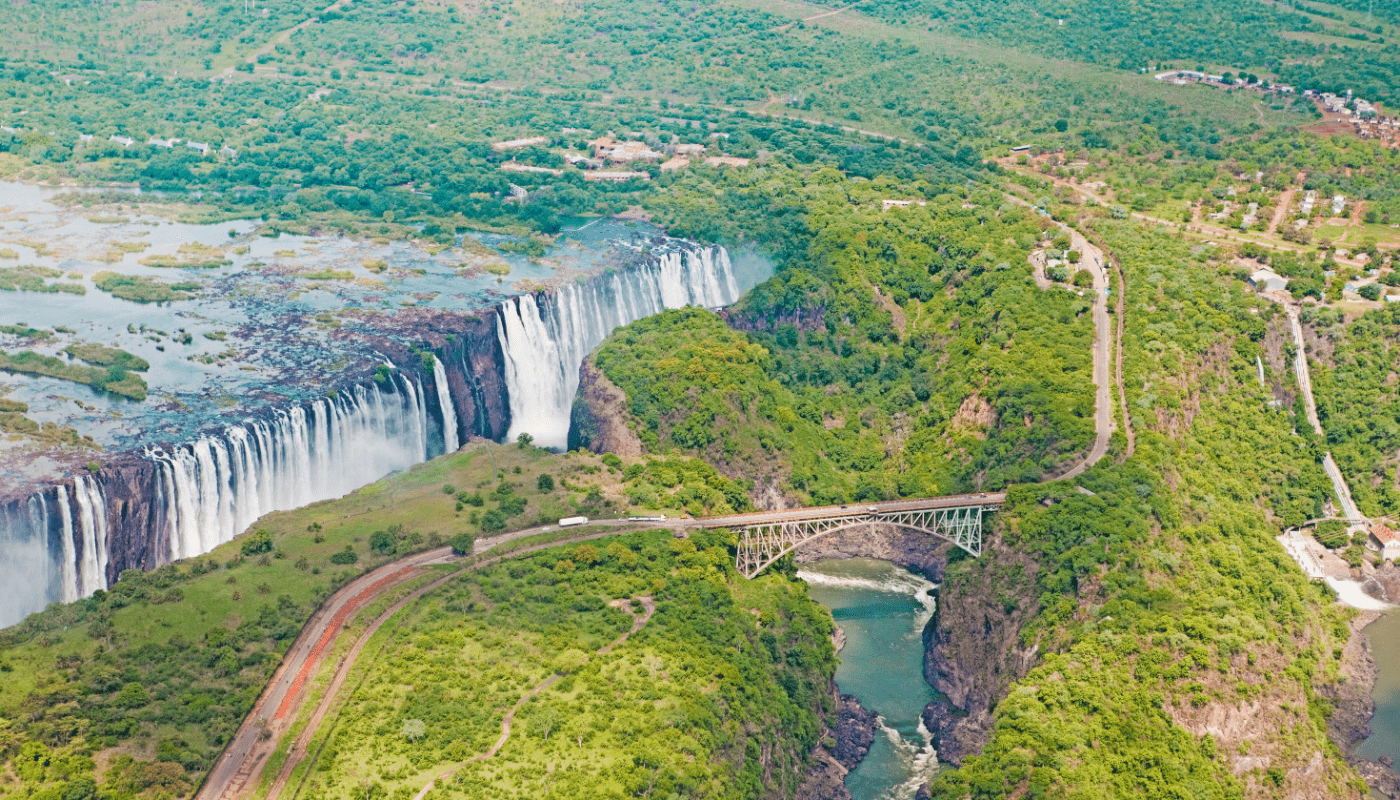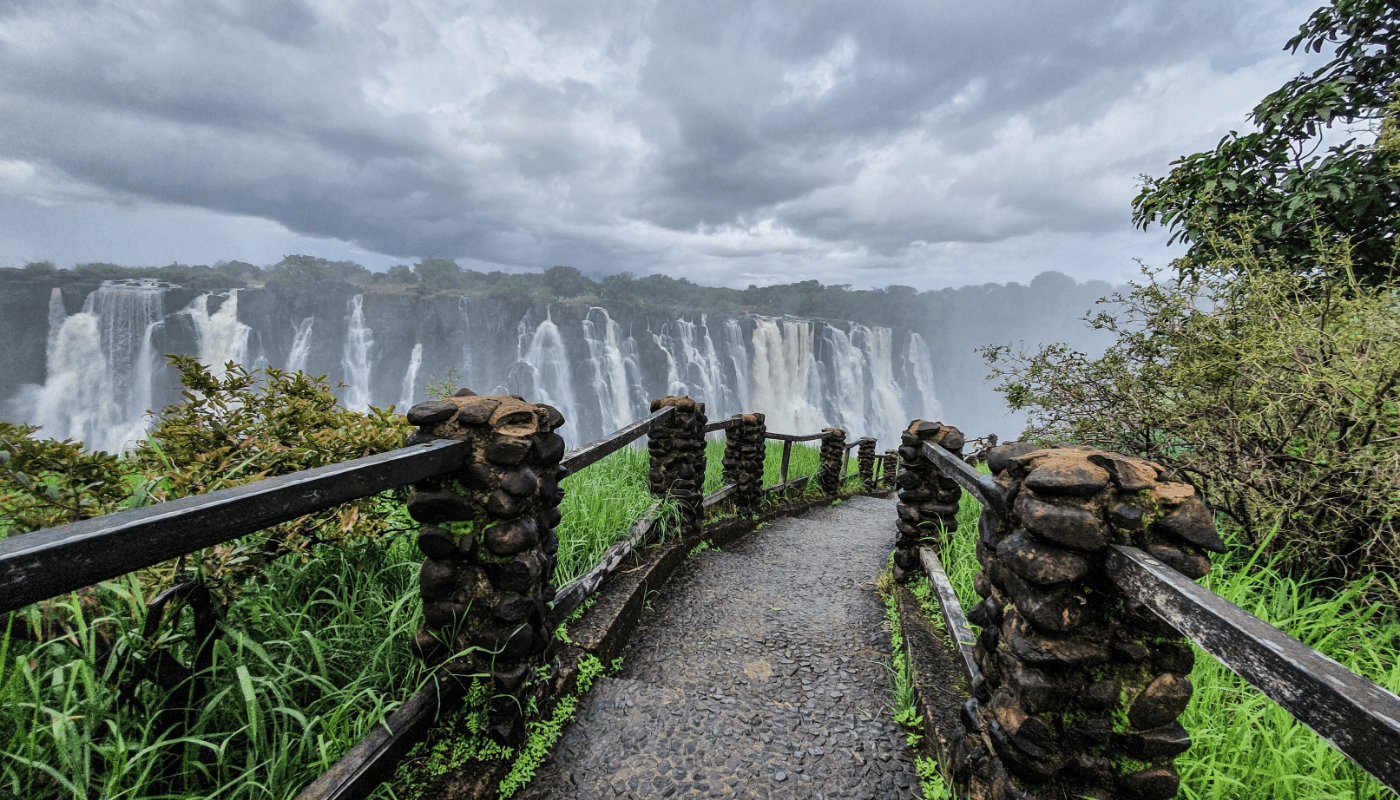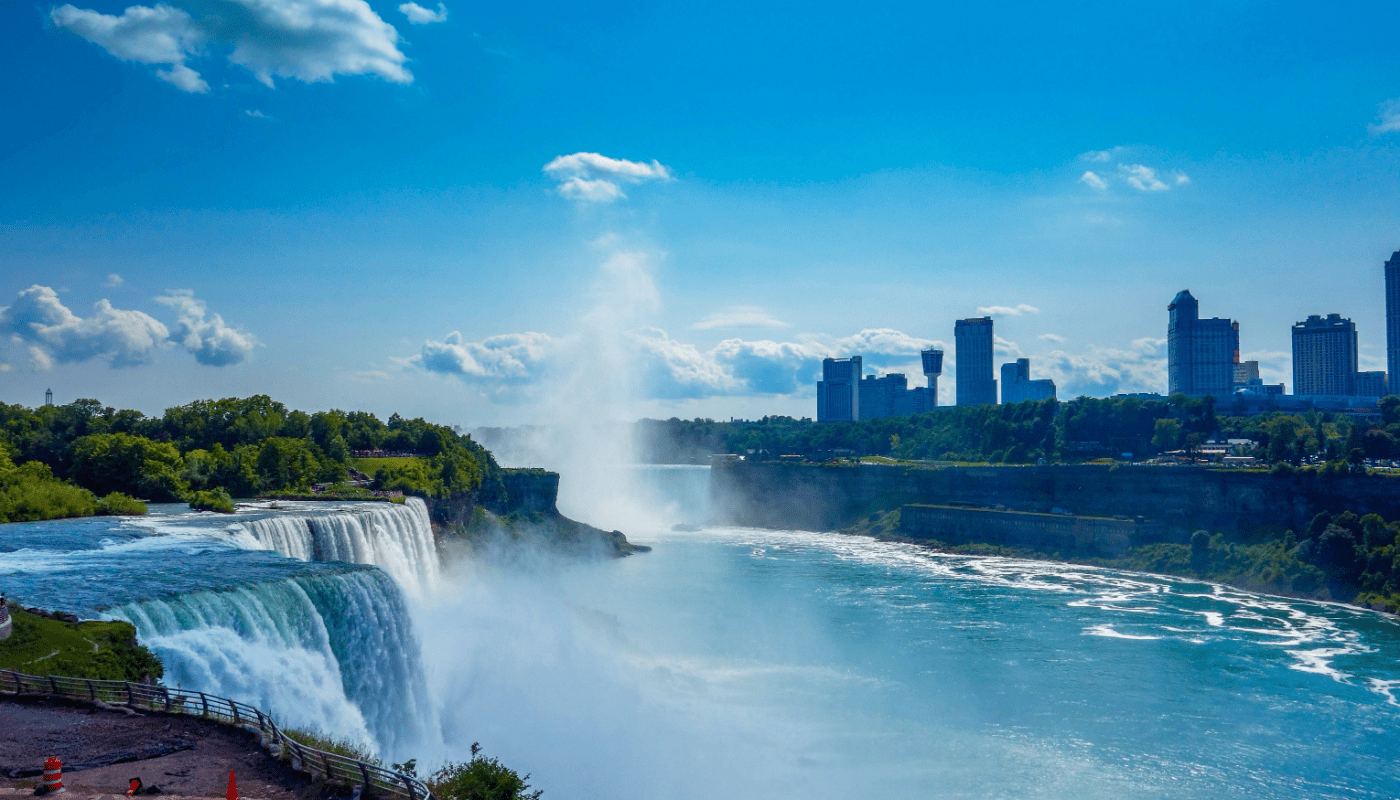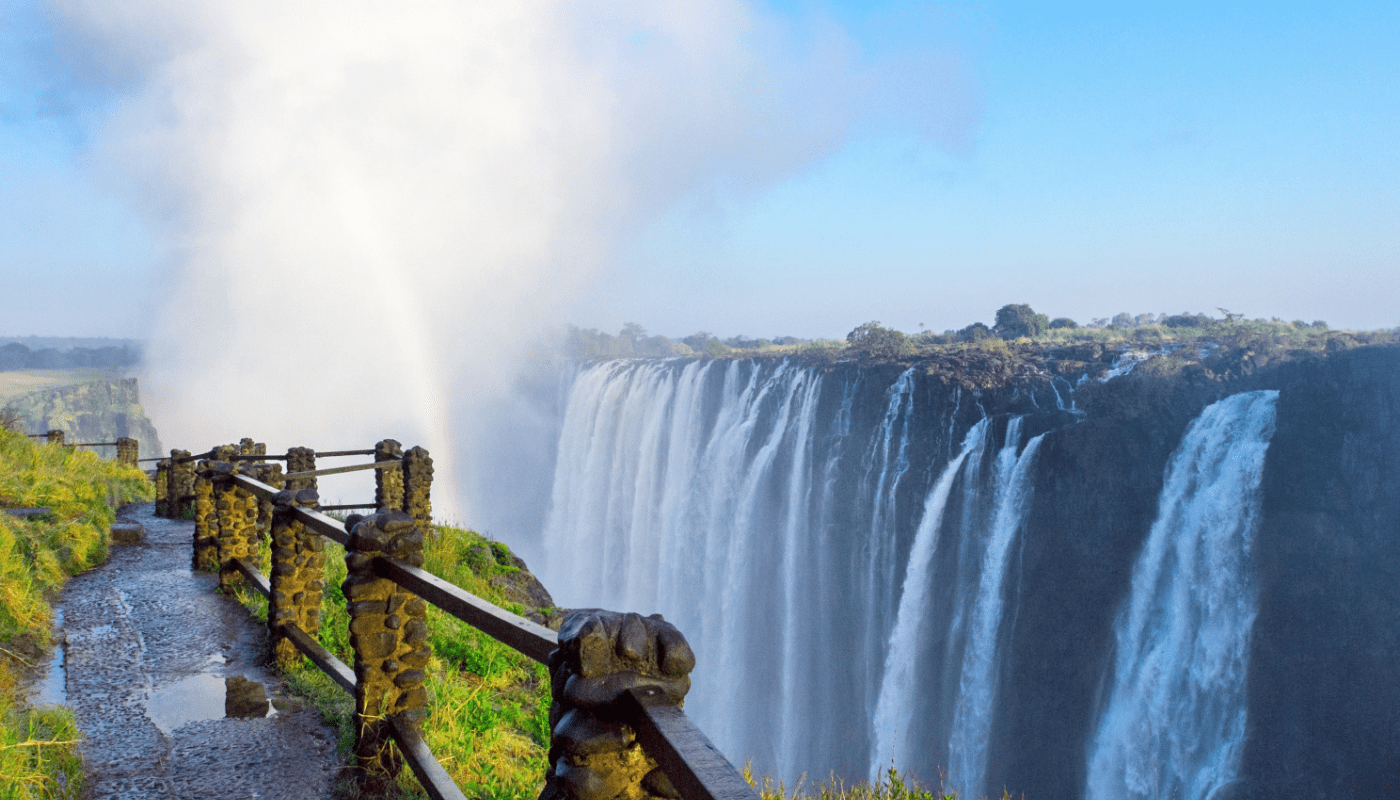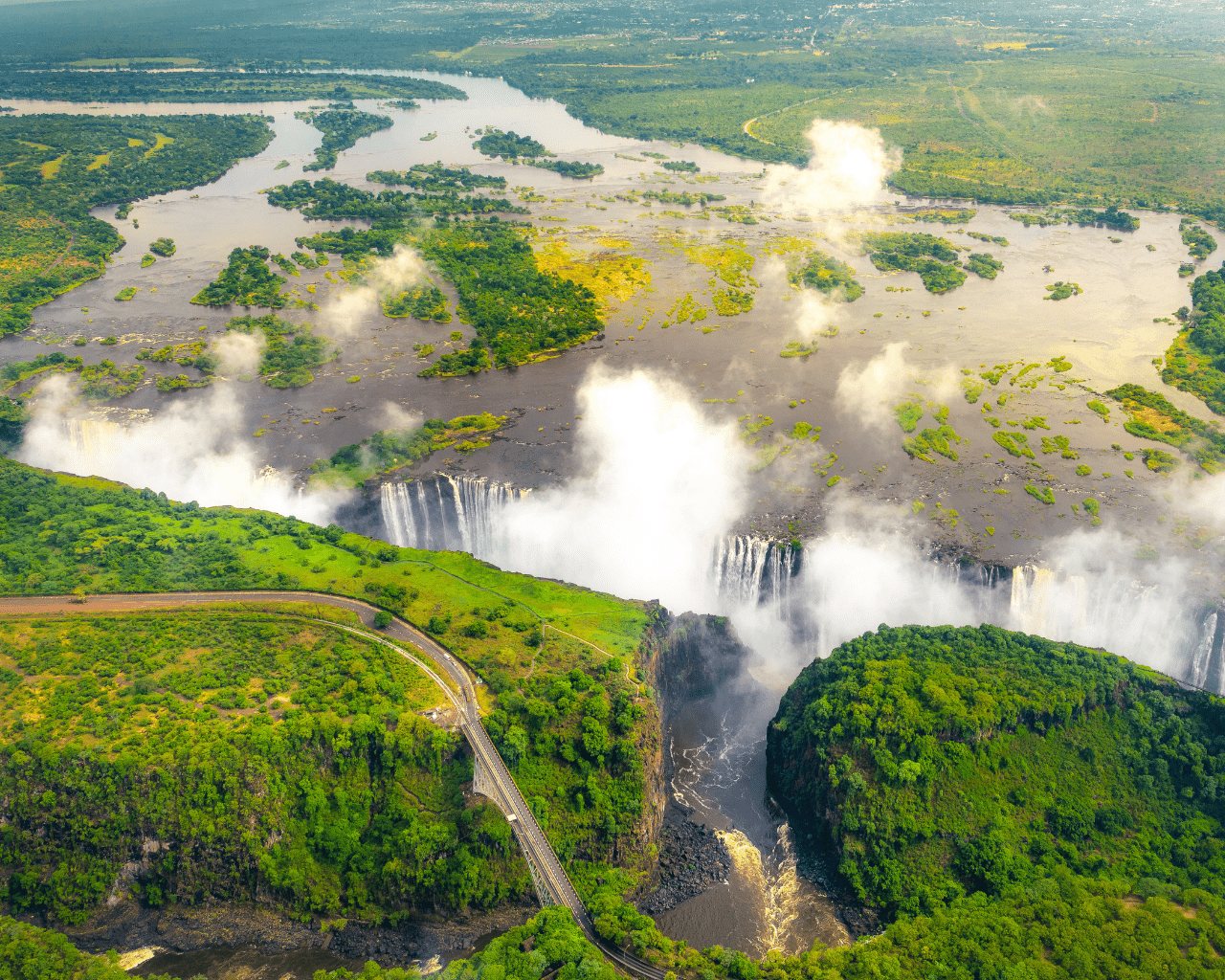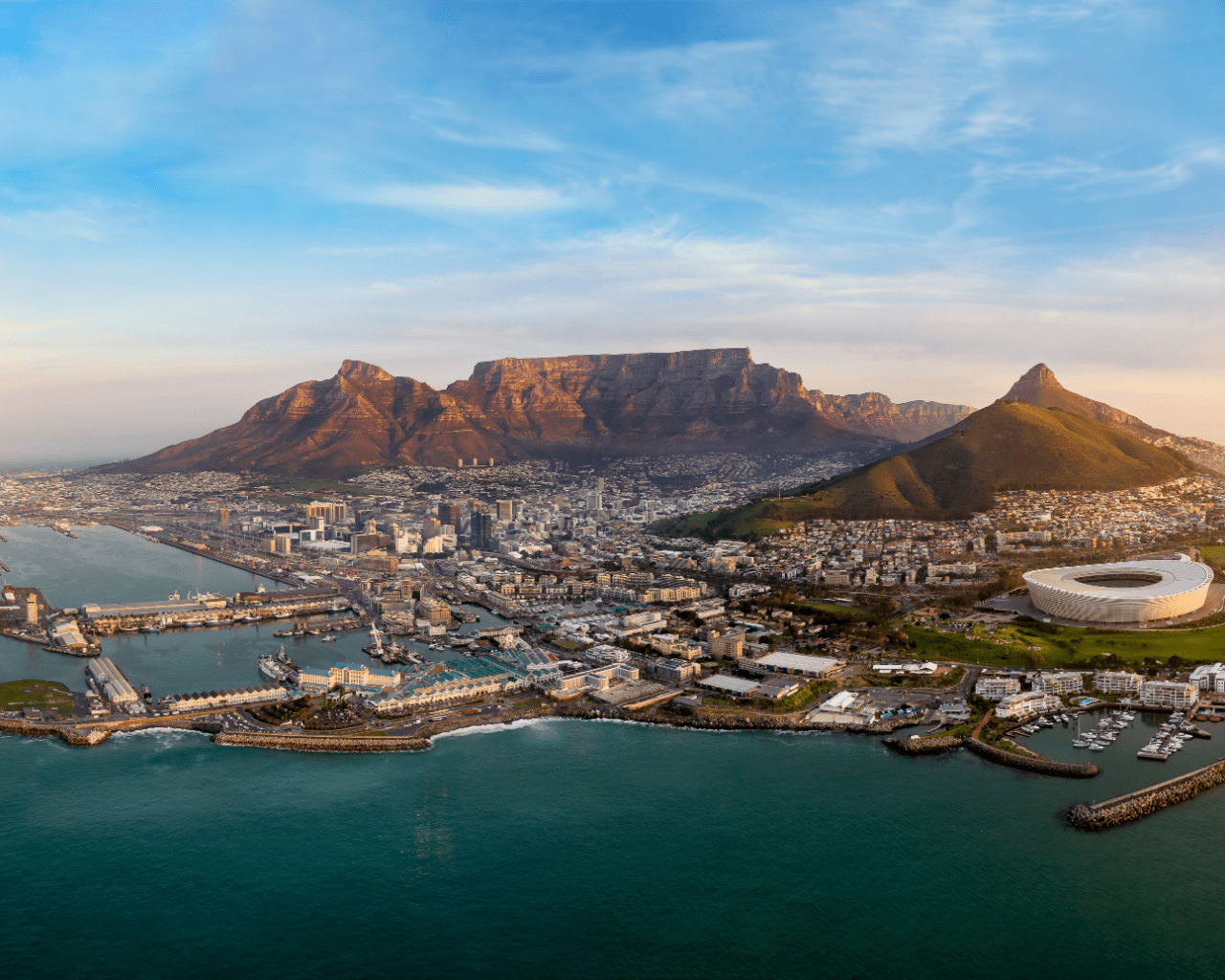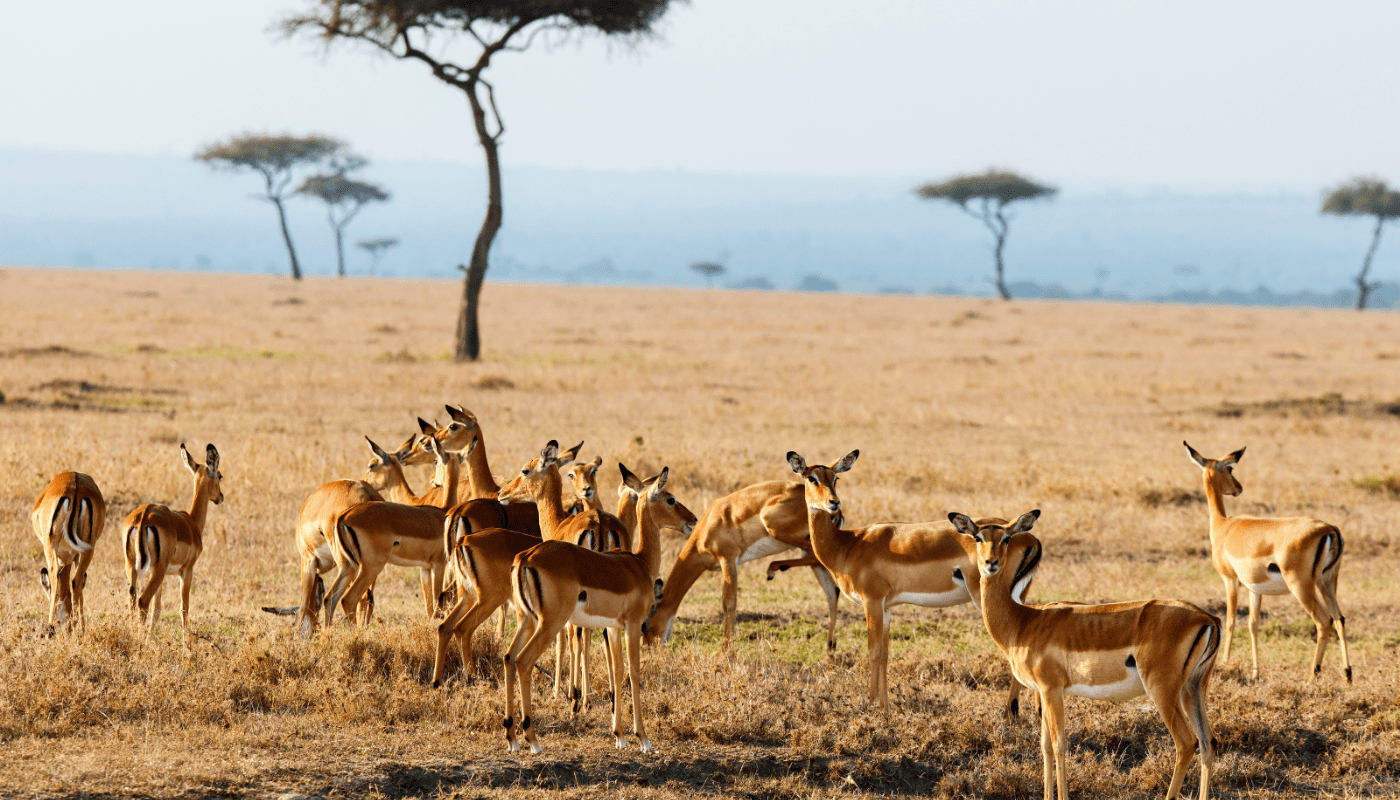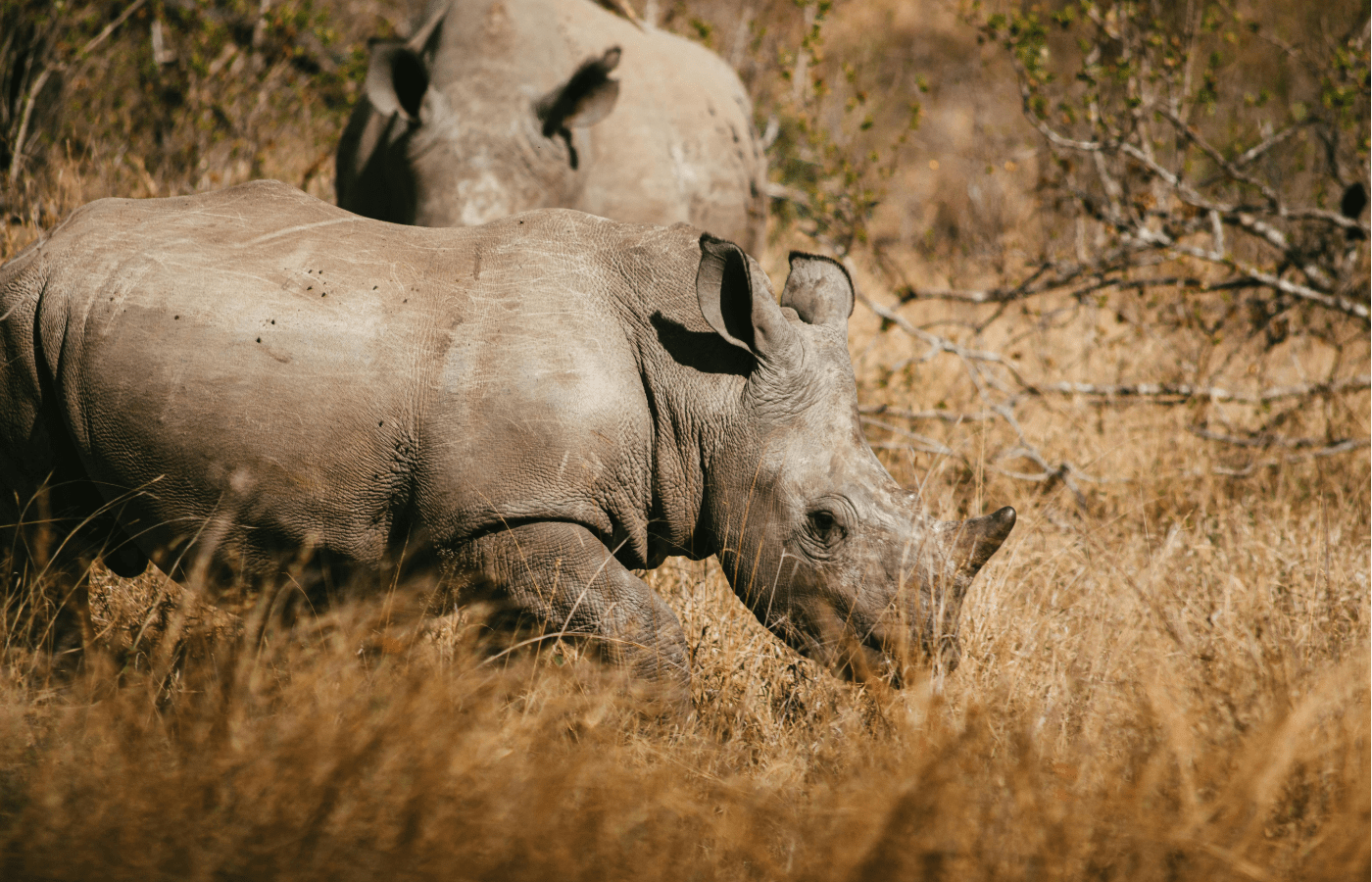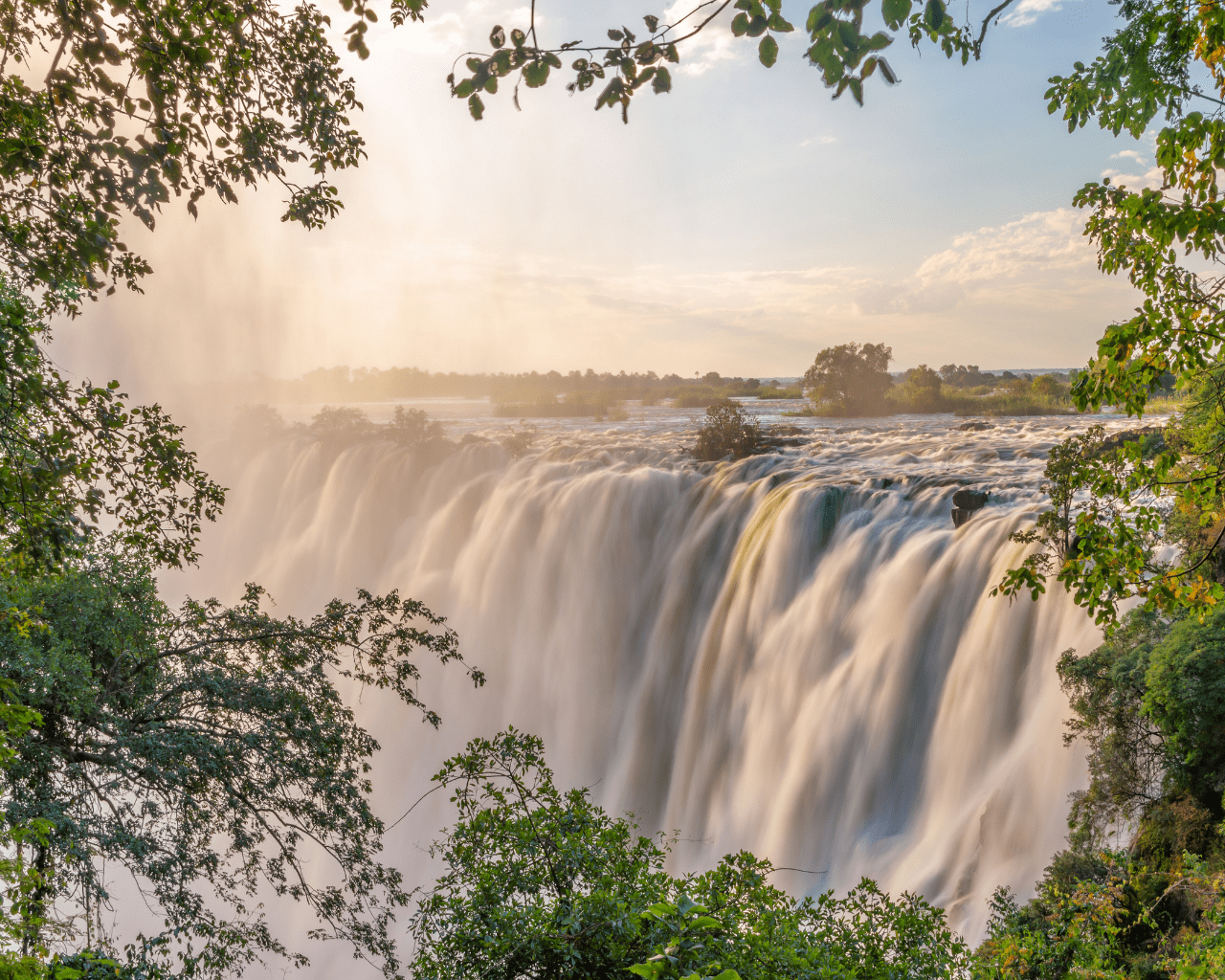
Why you should visit...
Victoria Falls
The natural beauty of Victoria Falls is cinematic. Rainbows arc through the mist at sunrise, while the thunderous cascade sends spray high into the air, nourishing surrounding rainforest that thrives in the perpetual moisture. Visitors may feel the power as thunderous water convulses—a sensory experience that engages sight, sound, and soul.
Adventure is woven into the fabric of this region. Visitors can drift over the gorge’s edge in a microlight at dawn, kayak into the rapids on the Zambezi, or take a heart-pounding plunge on the famous Victoria Falls Bridge bungee jump. For those who prefer quieter thrills, select hikes trace the precipice’s edge, offering panoramic views into the chasm below.
Victoria Falls is also a gateway to deeper exploration. Self-drive routes extend eastward into Hwange National Park and the Eastern Highlands. In town, craft markets, fusion cuisine, and historic colonial architecture reflect the confluence of local tradition and modern tourism.
Sustainability is a growing priority here. Eco-conscious lodges harness solar power, employ local staff, and support conservation initiatives that help protect wildlife corridors and river systems. Tourism here is about preserving this natural marvel—not just enjoying it.
Cultural connection is visceral in Victoria Falls. Local guides share traditional folklore behind Mosi-oa-Tunya, while community-run art centres and dance performances allow travellers to experience indigenous heritage firsthand. Every visit becomes an exchange—of stories, of respect, of interwoven histories.
From the thunder of cascading waters to the calm of the rainforest canopy, Victoria Falls promises a journey that dazzles the senses while stirring the heart. It’s not only a sight to behold—it’s a story to be felt.
Peak Time
Feb - May
Best Time To Go
Year-round
Famous For
Waterfalls
Price Per Person Sharing
$500 - $2,500
Home Of
The Smoke of Thunders
Safaris that include Victoria Falls
Africa’s Ultimate Natural Wonder
